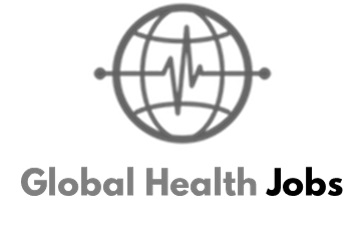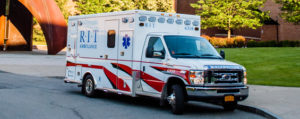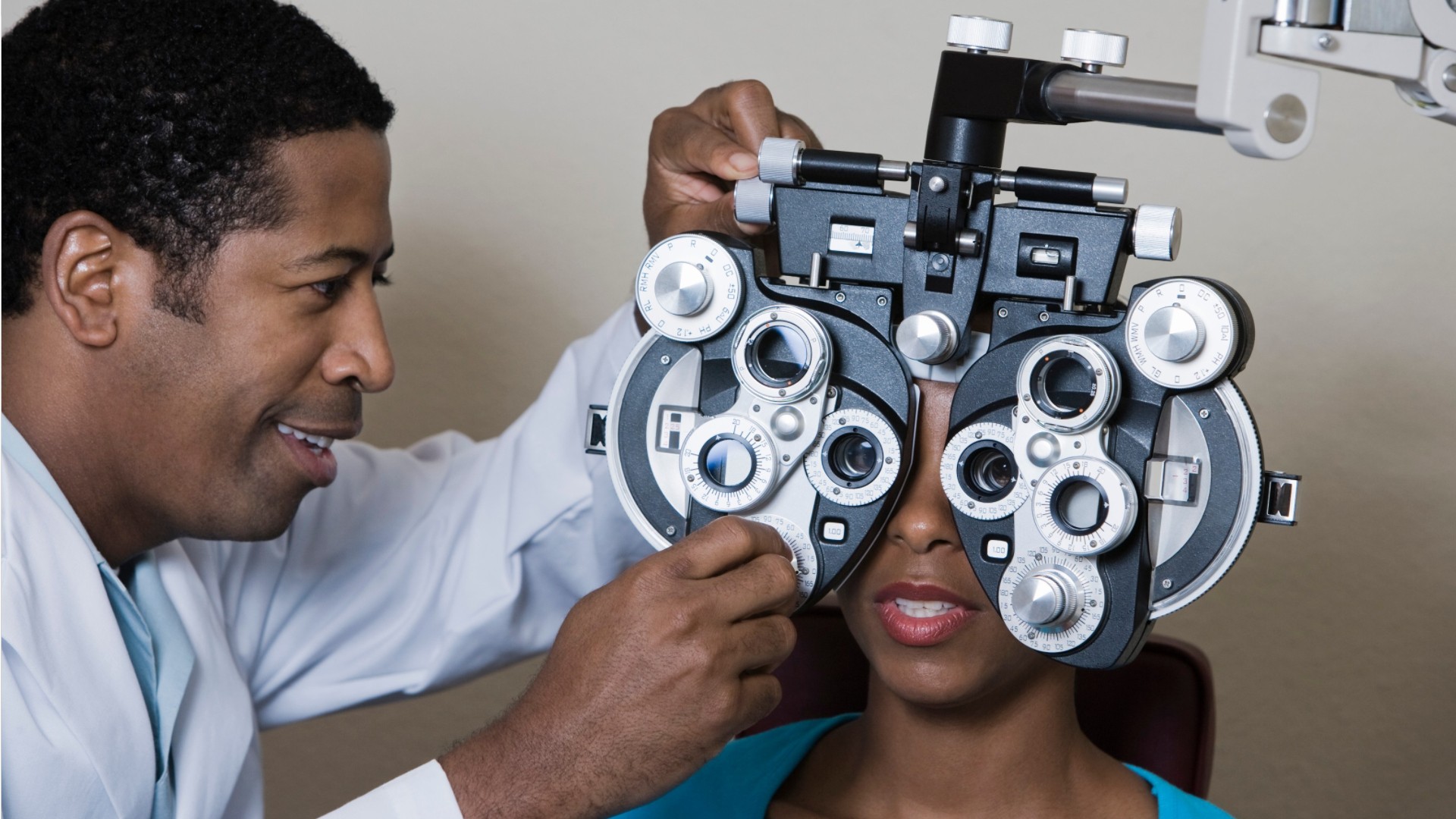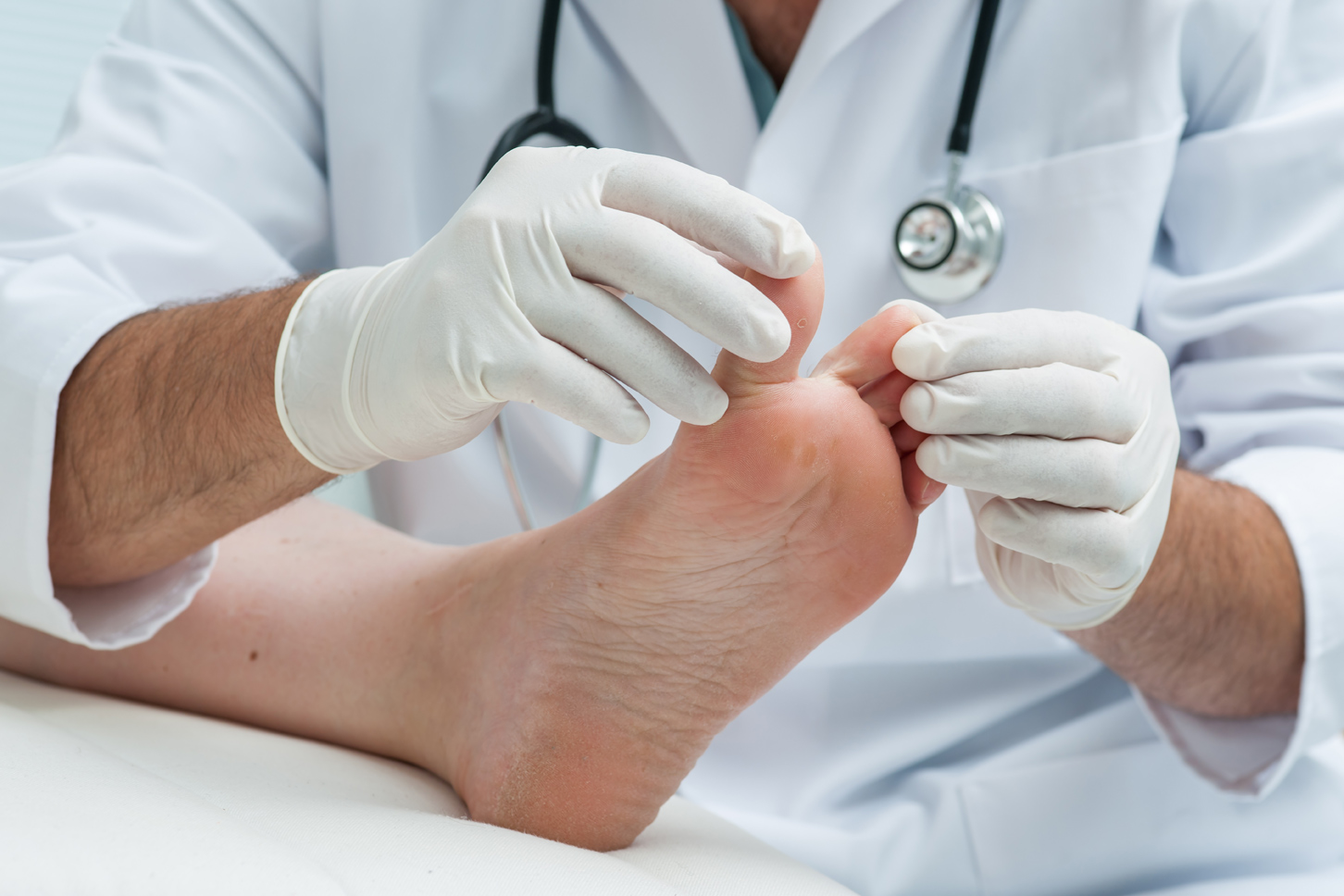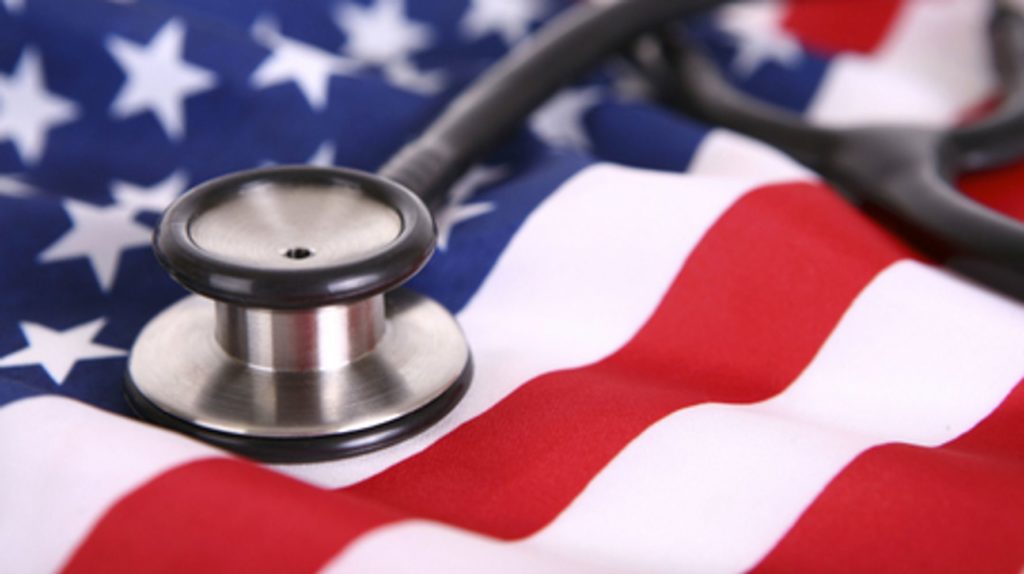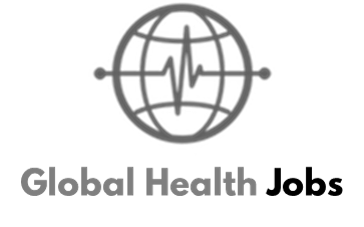Registered nurses usually take one of three education paths: a Bachelor of Science degree in nursing (BSN), an associate’s degree in nursing (ADN), or a diploma from an approved nursing program. Registered nurses must be licensed.
Education
In all nursing education programs, students take courses in anatomy, physiology, microbiology, chemistry, nutrition, psychology, and other social and behavioral sciences, as well as in liberal arts. BSN programs typically take 4 years to complete; ADN and diploma programs usually take 2 to 3 years to complete. Diploma programs are typically offered by hospitals or medical centers, and there are far fewer diploma programs than there are BSN and ADN programs. All programs include supervised clinical experience.
Bachelor’s degree programs usually include additional education in the physical and social sciences, communication, leadership, and critical thinking. These programs also offer more clinical experience in nonhospital settings. A bachelor’s degree or higher is often necessary for administrative positions, research, consulting, and teaching.
Generally, licensed graduates of any of the three types of education programs (bachelor’s, associate’s, or diploma) qualify for entry-level positions as a staff nurse. However, employers—particularly those in hospitals—may require a bachelor’s degree.
Registered nurses with an ADN or diploma may go back to school to earn a bachelor’s degree through an RN-to-BSN program. There are also master’s degree programs in nursing, combined bachelor’s and master’s programs, and accelerated programs for those who wish to enter the nursing profession and already hold a bachelor’s degree in another field. Some employers offer tuition reimbursement.
Clinical nurse specialists (CNSs) must earn a master’s degree in nursing and typically already have 1 or more years of work experience as an RN or in a related field. CNSs who conduct research typically need a doctoral degree.
Licenses, Certifications, and Registrations
In all states, the District of Columbia, and U.S. territories, registered nurses must have a nursing license. To become licensed, nurses must graduate from an approved nursing program and pass the National Council Licensure Examination (NCLEX-RN).
Other requirements for licensing, such as passing a criminal background check, vary by state. Each state’s board of nursing provides specific requirements. For more information on the NCLEX-RN and a list of state boards of nursing, visit the National Council of State Boards of Nursing.
Nurses may become certified through professional associations in specific areas, such as ambulatory care, gerontology, and pediatrics, among others. Although certification is usually voluntary, it demonstrates adherence to a higher standard, and some employers require it.
In addition, registered nursing positions may require certification in cardiopulmonary resuscitation (CPR), basic life support (BLS) certification, and/or advanced cardiac life support (ACLS).
CNSs must satisfy additional state licensing requirements, such as earning specialty certifications. Contact state boards of nursing for specific requirements.
Important Qualities
Critical-thinking skills. Registered nurses must assess changes in the health status of patients, such as determining when to take corrective action and when to make referrals.
Communication skills. Registered nurses must be able to communicate effectively with patients in order to understand their concerns and assess their health conditions. Nurses need to clearly explain instructions, such as how to take medication. They must work in teams with other health professionals and communicate the patients’ needs.
Compassion. Registered nurses should be caring and empathetic when looking after patients.
Detail oriented. Registered nurses must be responsible and detail oriented because they must make sure that patients get the correct treatments and medicines at the right time.
Emotional stability. Registered nurses need emotional resilience and the ability to manage their emotions to cope with human suffering, emergencies, and other stresses.
Organizational skills. Nurses often work with multiple patients with various health needs. Organizational skills are critical to ensure that each patient is given appropriate care.
Physical stamina. Nurses should be comfortable performing physical tasks, such as moving patients. They may be on their feet for most of their shift.
Advancement
Most registered nurses begin as staff nurses in hospitals or community health settings. With experience, good performance, and continuous education, they can move to other settings or be promoted to positions with more responsibility.
In management, nurses can advance from assistant clinical nurse manager, charge nurse, or head nurse to more senior-level administrative roles, such as assistant director or director of nursing, vice president of nursing, or chief nursing officer. Increasingly, management-level nursing positions require a graduate degree in nursing or health services administration. Administrative positions require leadership, communication skills, negotiation skills, and good judgment.
Some nurses move into the business side of healthcare. Their nursing expertise and experience on a healthcare team equip them to manage ambulatory, acute, home-based, and chronic care businesses. Employers—including hospitals, insurance companies, pharmaceutical manufacturers, and managed care organizations, among others—need registered nurses for jobs in health planning and development, marketing, consulting, policy development, and quality assurance.
Some RNs may become nurse anaesthetists, nurse midwives, or nurse practitioners, which, along with clinical nurse specialists, are types of advanced practice registered nurses (APRNs). APRN positions require a master’s degree, and many have a doctoral degree. APRNs may provide primary and specialty care, and in many states, they may prescribe medications.
Other nurses work as postsecondary teachers or researchers in colleges and universities, which typically requires a Ph.D.

